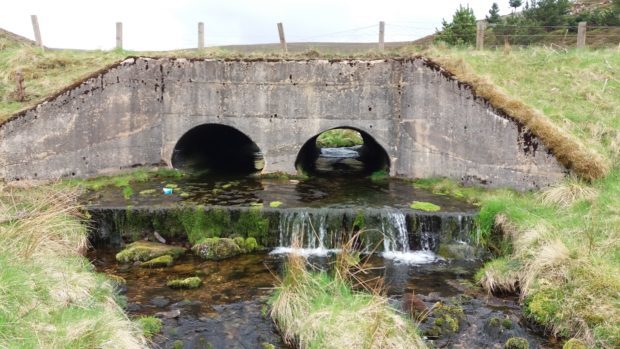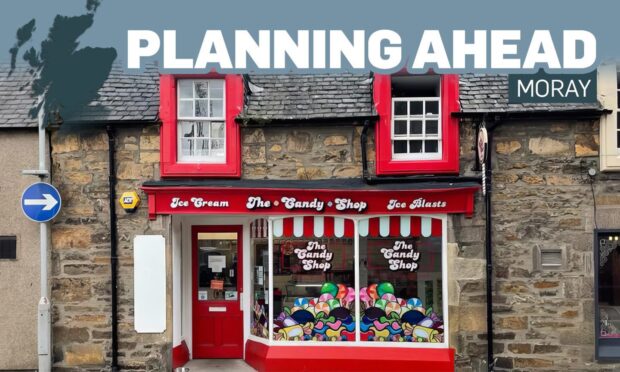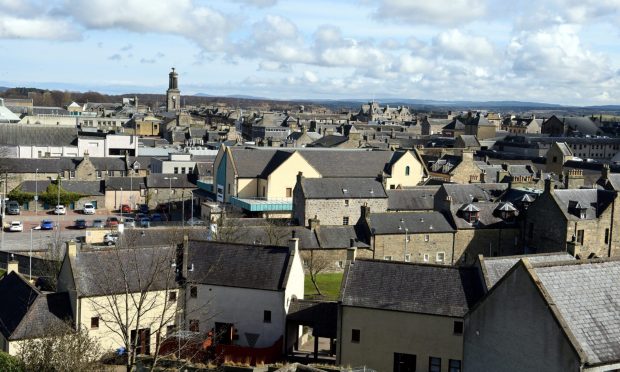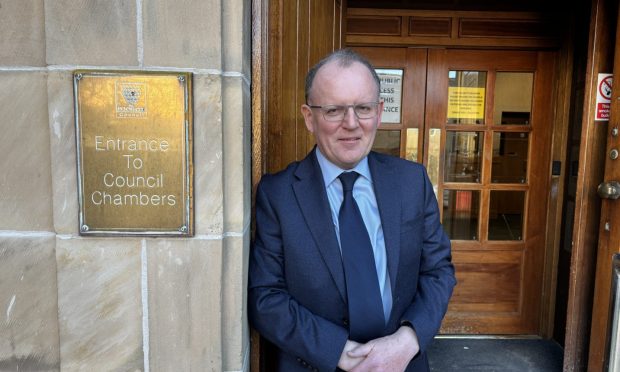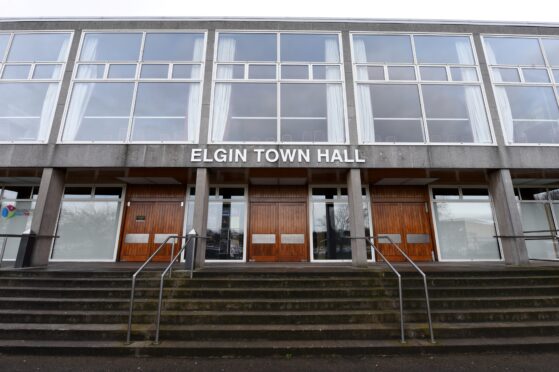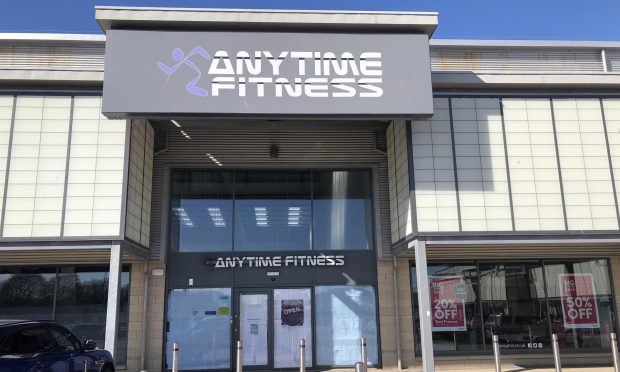A two-year project has been launched in the Cairngorms to protect rivers in an effort to nurture wildlife.
The Tomintoul and Glenlivet Landscape Partnership (TGLP) is spearheading the drive in upper Speyside to cope with changing climate conditions, an increase in flooding and erosion and a reduction in tree cover.
The Avon, Livet and Conglass rivers, which have been recognised as a special site for conservation, are home to nationally important populations of sea lamprey, otter and fresh water pearl mussel.
The area is also known as one of the significant salmon spawning locations on Speyside.
However, concerns have been raised that population of fish is dropping in the river due to a declining amount of them returning from the sea each year.
Now the TGLP is examining the effect manmade barriers are having on the movement of the sealife – including roads, bridges and drains.
Polly Freeman, TGLP’s land management officer, explained a total of four projects would be run to restore river systems, increase woodland cover, improve access for angling and to support land owners make improvements.
She said: “Work already in progress to slow the flow of rivers and restore riverbanks is demonstrated at Mains of Auchriachan, near Tomintoul, where green-engineering methods have taken place using log james and willow spiling.
“Other projects will modify artificial barriers to allow fish to travel further upstream to spawn, while the Fishing for the Future project involves working with anglers and land managers to improve access to the river banks.”
Information about the improvements will also be provided on signs next to the rivers and in local schools.
A presentation about the projects will be given at an open meeting on Tuesday at Kirkmichael Hall in Stathavon. Anglers, farmers and residents in Tomintoul and Glenlivet have been invited to learn about how the rivers will be managed.
